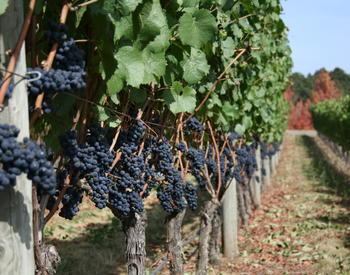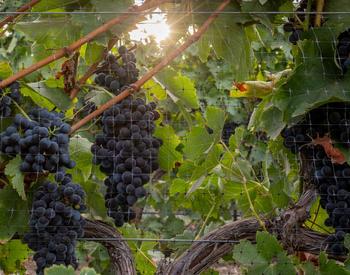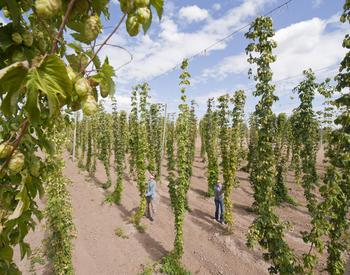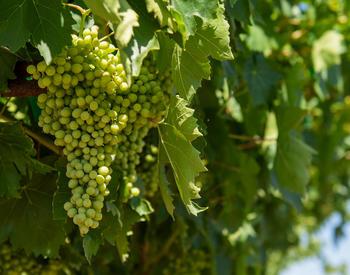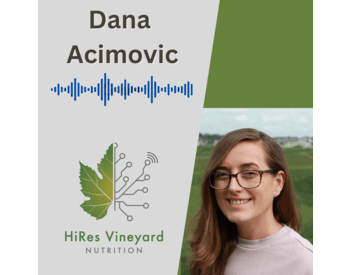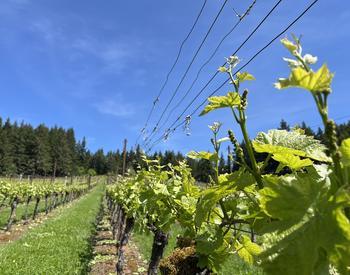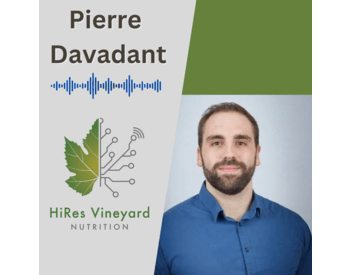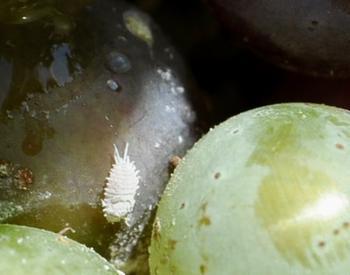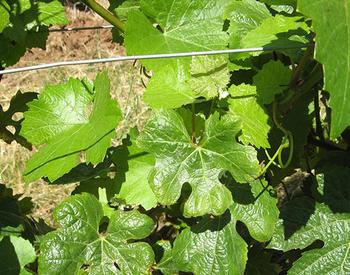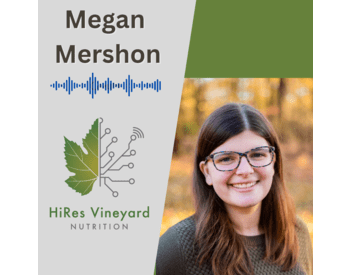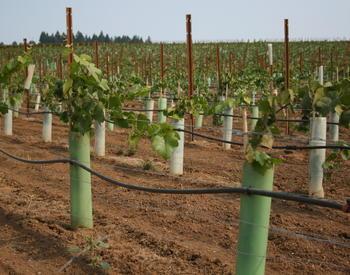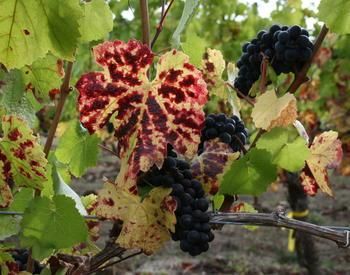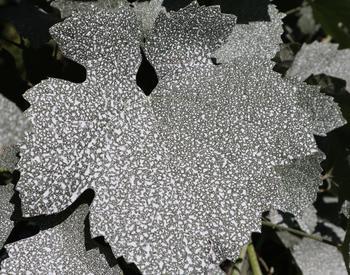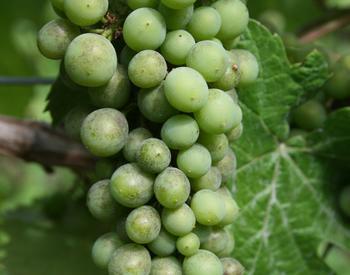Grape-growing regions of the West Coast have experienced wildfires over the past few years. Vineyard exposure to smoke can lead to smoky aromas in wines.
Grapes can be tested for smoke marker compounds. However, after fermentation, other smoke-derived compounds, including free and bound volatile phenols, can also impact wine sensory properties.
Laboratory analysis of smoke-derived compounds
Currently, only a few labs provide testing for smoke compounds in grapes and wine. In years with a lot of wildfire activity, availability and timeliness of testing services may be limited due to high demand. In response to recent wildfires, a new wine and grape testing lab is being developed at Oregon State University to serve Oregon vineyards and wineries.
If your vineyards have been exposed to wildfire smoke, it is recommended that you prioritize vineyard lots to sample for analysis. The most common reasons to pursue analytical testing are:
- To meet requirements for crop insurance claims
- To negotiate contracts with grape buyers
- To determine impact on your wine production practices if you make wines from your vineyard
When sampling, identify vineyards that you suspect were more heavily affected by smoke exposure. Collect clusters from throughout these blocks and combine into a single sample that represents the area.
Sampling and sample preparation protocols vary among testing laboratories, so be sure to check your lab's requirements before sampling. Also, crop insurance policies may require a specific method of sample collection or lab specifications.
Separate your samples based on variety. Different varieties can show different results with the same intensity or duration of smoke exposure.
If analytical costs are a concern, consider sharing the cost with other vineyards in your area. Collect samples from representative vineyards, especially those with similar smoke exposure. This can reduce the total cost of analysis across producers and provide a regional assessment of smoke impact.
A list of testing labs is provided below. Be aware that turn-around time for sample analysis varies. Make sure you know when to expect results and plan accordingly.
Testing labs
- Oregon State University Smoke Testing Service for Wine and Grapes
- ETS Laboratories (CA)
- IEH Laboratories and Consulting Group (Seattle, WA)
- Supra R&D (BC, Canada). Additional documentation may be required for shipping to Canada. Contact Davin Potts ([email protected]), 509-925-1189, for additional guidance
Evaluating wines from micro- or nano- fermentations
Micro- or nano- fermentations are small fermentations done by grape growers or winemakers. This method is a way to better evaluate the presence of smoke-derived compounds in wine.
Sensory evaluation of wines from these small fermentations may provide timely and actionable information. However, the tasting process must be conducted carefully and consistently.
Sensory evaluation methods are outlined in the protocol for micro fermentations and nanoferments Important procedures include the following:
- Have multiple people (at least four, if possible) taste the samples. People vary in their sensitivity to smoke compounds.
- Taste samples at least twice during a short period of time.
- To reduce carry-over effects, ensure breaks of at least two minutes between samples.
- Ensure that samples are tasted blind; they should be coded and have no identifiers.
Focus on identifying smoky characteristics. It can be helpful to provide a heavily smoke-impacted wine and another with no smoky characteristics as reference wines. These can be wines from previous micro fermentations.
Freshly fermented wines from a micro fermentation may taste somewhat different than those produced through normal fermentation processes. The wines may be more acidic or astringent, and they may contain more solids.
Further considerations
- If you have crop insurance, consult your crop insurance adjuster before you begin sampling or harvesting. They will help you understand how to pursue your claim.
- If you are selling or buying fruit, work with your grower/buyer/winery. You'll need to to determine what threshold of smoke exposure or analytical metrics is acceptable. Consider micro fermentations as an analytical tool.
